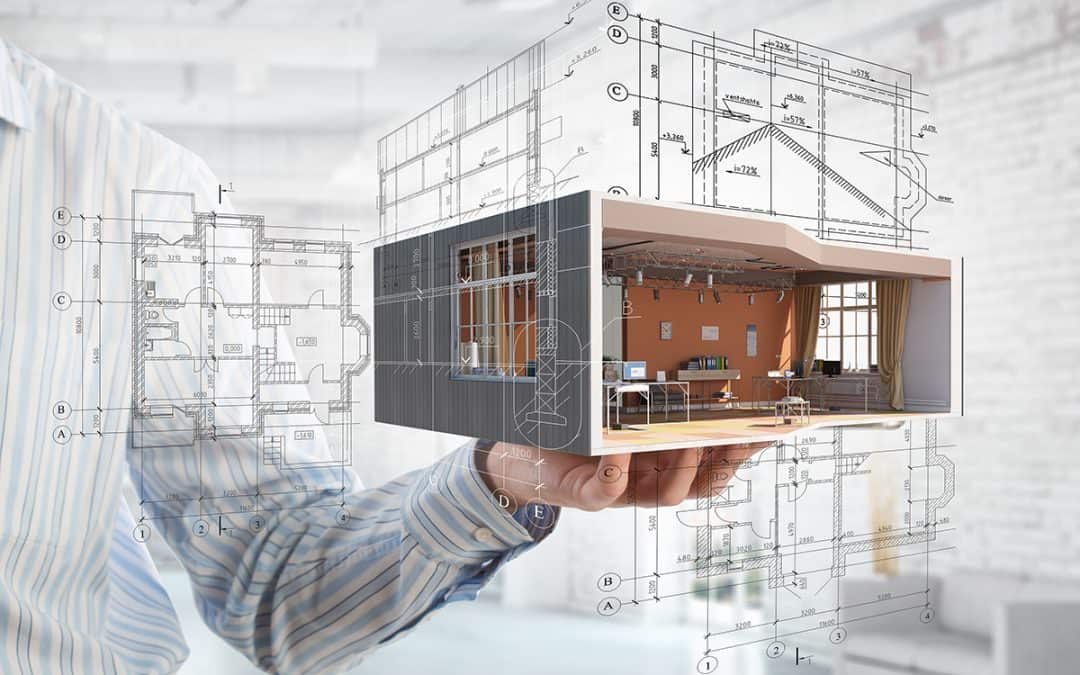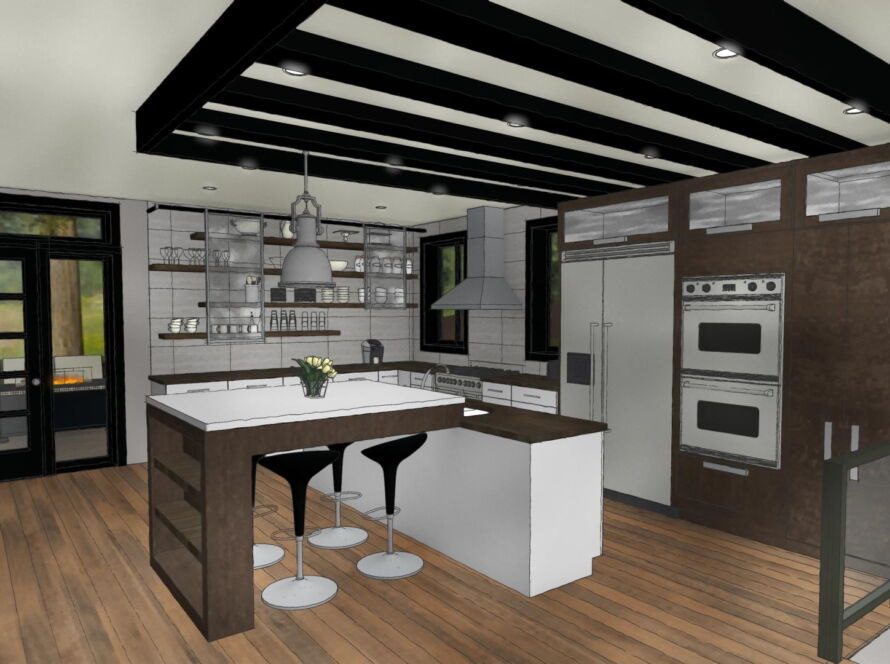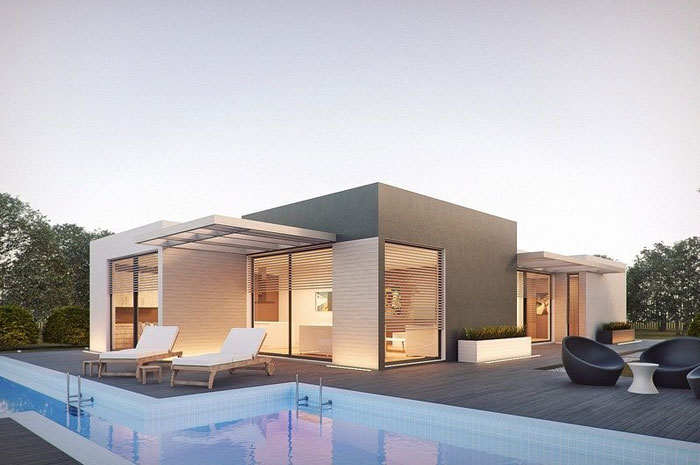3d architectural rendering studio is one of the most popular services used by architects and engineers. This technology allows you to create a three-dimensional model of your project which can be used for marketing, construction, or even just to get a feel for the space. 3d architectural rendering studio has become an essential tool in the industry, and there are many companies that offer this service. In this blog post, we will explore some of the top 3d rendering studio companies so that you can make an informed decision about which one is right for you.
What is 3d rendering?
“3D rendering is the process of creating a three-dimensional image from a three-dimensional model. A renderer is a program that takes a three-dimensional model and converts it into a two-dimensional image.
There are many different types of renderers, each with its own strengths and weaknesses. The most important decision when choosing a renderer is to decide which features are most important to you.
Some renderers focus on speed, while others focus on quality. Some can create very realistic images, while others are more concerned with accuracy. Ultimately, the best renderer for you is the one that meets your specific needs.”

The different types of 3d rendering
3D rendering is the process of creating a three-dimensional image from a two-dimensional input. There are several different types of 3D rendering, each with its own strengths and weaknesses.
The most common type of 3D rendering is polygonal rendering. Polygonal rendering uses a mesh of triangles to approximate the surface of an object. This approach is fast and efficient, but it can produce artefacts if the mesh is not fine enough.
Another type of 3D rendering is ray tracing. Ray tracing traces the path of light through a scene and computes the colour of each pixel based on the objects that are intersected by the light rays. This approach produces very realistic images, but it is computationally expensive and can be slow to render.
A third type of 3D rendering is scanline rendering. Scanline rendering computes the colour of each pixel based on the intersection of scanlines with the geometry in the scene. This approach is intermediate in terms of speed and quality between polygonal rendering and ray tracing.
Finally, there is rasterization, which is a special case of scanline rendering. Rasterization computes the colour of each pixel based on the intersection of scanlines with the geometry in the scene, but it assumes that all surfaces are Lambertian reflectors (i.e., they reflect light in a diffuse manner).
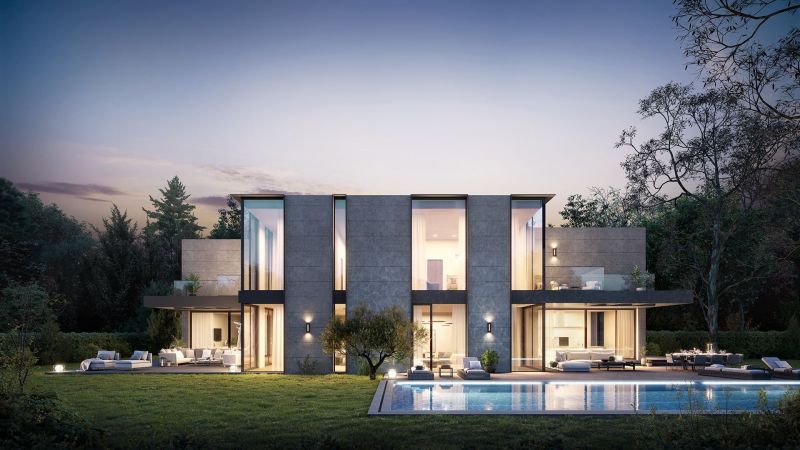
The benefits of 3d rendering
3d rendering is a great way to create realistic images of your projects. Whether you are an architect, interior designer, or just someone who likes to create 3d models, rendering can help you bring your vision to life. Not only does it allow you to see how your project will look when finished, but it also can help you catch potential problems early on.
Rendering is especially useful for complex projects that would be difficult or impossible to build in real life. For example, if you are designing a new type of building, you can use rendering to see how it will look from all angles and decide if it is feasible. You can also use rendering to test out different construction materials and methods to see what will work best for your project.
There are many different software programs that you can use for 3d rendering, but the most important thing is to find one that is easy for you to use and produces results that you are happy with. Once you have found a program that works well for you, practice using it as much as possible so that you can get the most out of it.
How to choose the right 3d rendering studio?
There are a few key factors to consider when choosing the right 3D rendering studio for your project. The first is experience. Make sure to check out the portfolio of the studio to see if they have experience with projects similar to yours. The second is price. Get quotes from a few different studios to see what their rates are and compare them. The third is communication. You want to make sure that the studio you choose is easy to communicate with and understand your vision for the project.
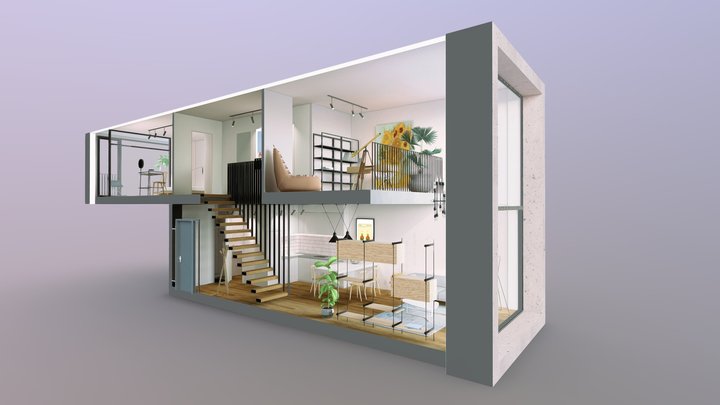
3d rendering studio portfolio
If you’re looking for high quality and realistic 3D architectural renderings, then you’ve come to the right place. At our d rendering studio, we have a portfolio of beautiful and accurate 3D images that will help you visualise your construction project.
Our renderings are created with the latest software and technology, so you can be sure that your project will look its best. We also offer a variety of services, so we can tailor our work to meet your specific needs.
Whether you’re looking for exterior or interior renderings, we can provide what you need. We understand that each project is unique, so we’ll work closely with you to ensure that your vision is brought to life.
If you’re ready to take your construction project to the next level, contact us today and let us show you what we can do. We look forward to working with you!
3d rendering studio pricing
The cost of a 3D rendering studio will vary depending on the size and scope of the project. A small architectural rendering studio may only charge a few hundred dollars for a basic 3D model, while a larger studio may charge several thousand dollars for a more complex project. The price also depends on the level of detail and realism that is required.
How to get started with a 3d rendering studio?
If you’re thinking about starting a 3d rendering studio, there are a few things you need to know. First, you’ll need to have experience with 3d software and rendering. Second, you’ll need to have a strong understanding of architectural concepts and styles. Third, you’ll need to be able to market your services to potential clients.
Here’s a step-by-step guide to getting started:
- Gain experience with 3d software and rendering. This can be done by taking classes, working at an architecture firm, or freelancing for a 3d rendering studio.
- Understand architectural concepts and styles. This includes learning about different types of buildings, materials, finishes, and so on.
- Start marketing your services. This can be done by creating a website, sending out marketing materials, or meeting with potential clients in person.
- Stay up-to-date with the latest technology and trends. This will help you stay ahead of the competition and provide the best possible service to your clients.
